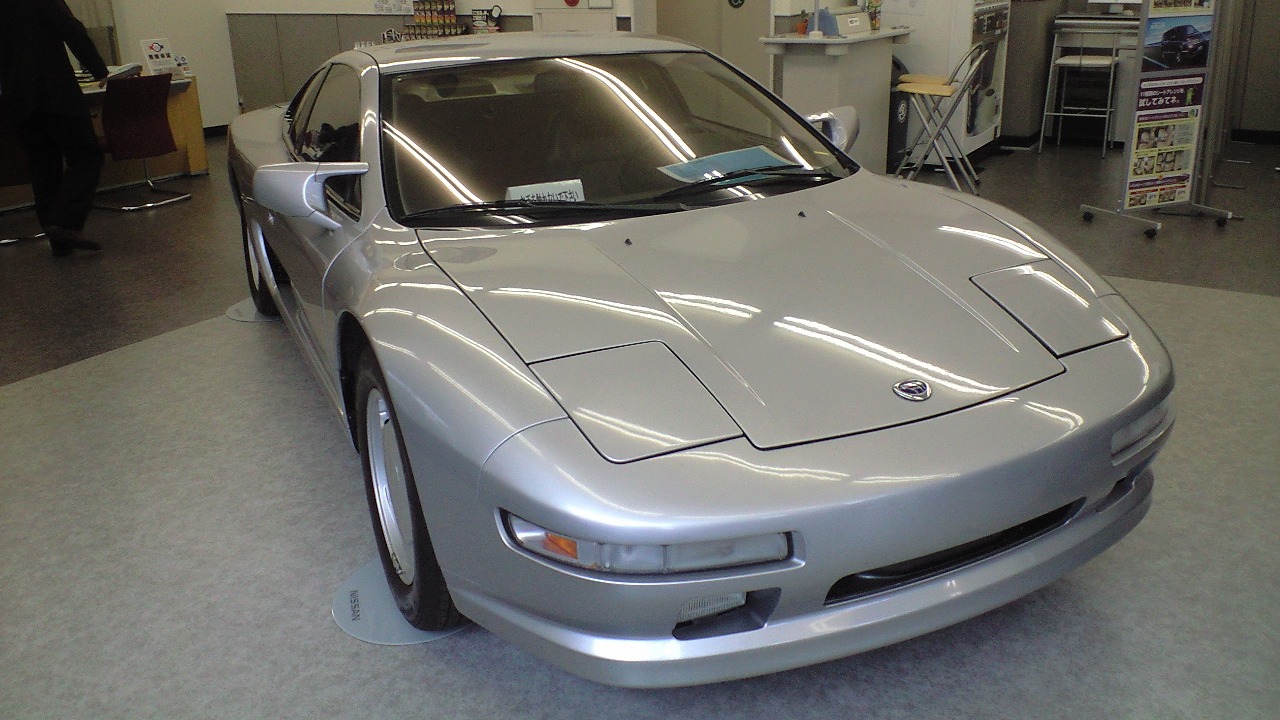
Nissan engineered the MID4 II as a mid-engined supercar prototype in the 1980s, well before the debut of the front-engined R35 GT-R in 2007. This concept, which featured a rear-mid-engine layout and advanced all-wheel-drive system, was positioned as a potential rival to European supercars and could have marked Japan’s entry into the supercar segment. With the final R35 GT-R, nicknamed Godzilla, rolling off the production line in 2025, recent renderings have speculated on a mid-engined successor to revive Nissan’s ambitious prototype legacy.
Early Development of the MID4 Concepts
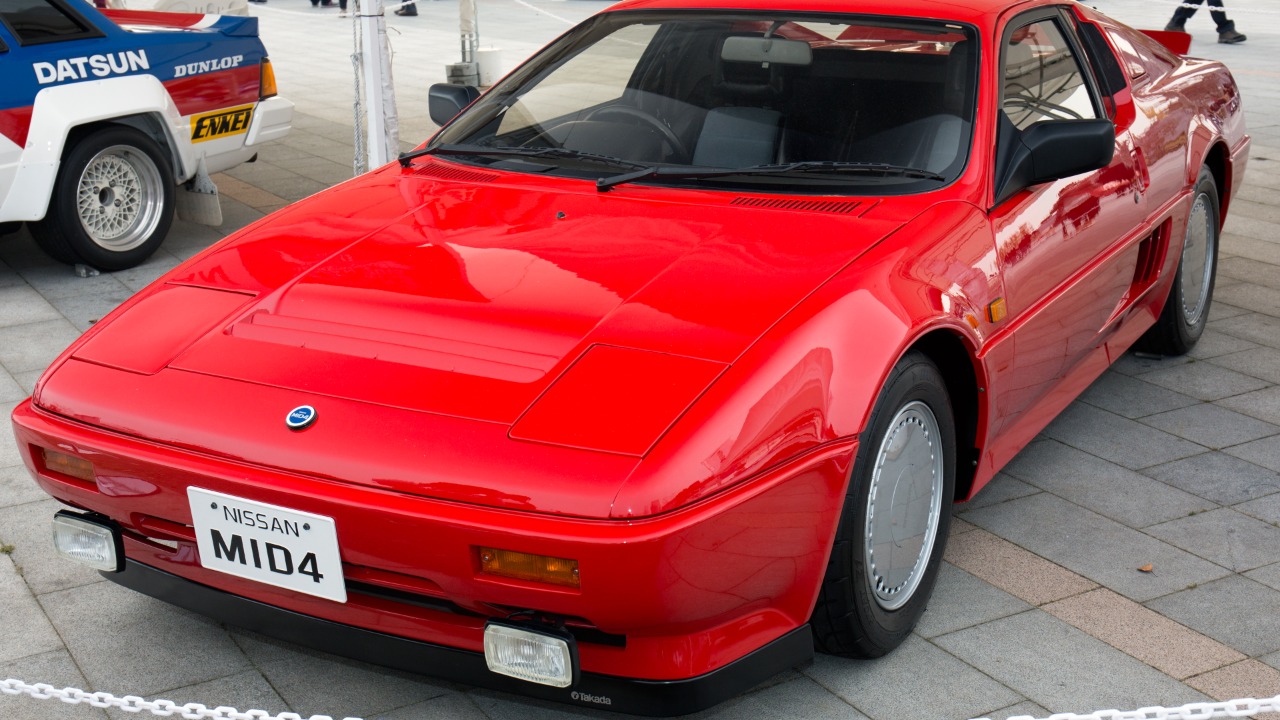
The journey of Nissan’s mid-engined supercar began with the initial MID4 prototype in 1985. This marked Nissan’s first exploration into mid-engine design for high-performance vehicles, aiming to blend Japanese reliability with the dynamics of a supercar. The engineering team was driven by the goal of creating a vehicle that could stand toe-to-toe with European counterparts, showcasing Nissan’s technological prowess [source].
By 1987, the MID4 II emerged, building on the original prototype with a more refined chassis and powertrain setup. This evolution was tested rigorously across Japan and Europe, demonstrating Nissan’s commitment to perfecting the concept. The MID4 II’s development was deeply rooted in Nissan’s motorsport division, drawing influences from rally and racing programs that informed its mid-engine placement [source].
The project’s origins within Nissan’s motorsport division were pivotal, as the team leveraged insights from their rally and racing programs. This influence was evident in the mid-engine placement, which was designed to enhance the vehicle’s handling and performance. The MID4 II was not just a prototype; it was a statement of intent from Nissan to enter the supercar arena [source].
Technical Specifications of the MID4 II
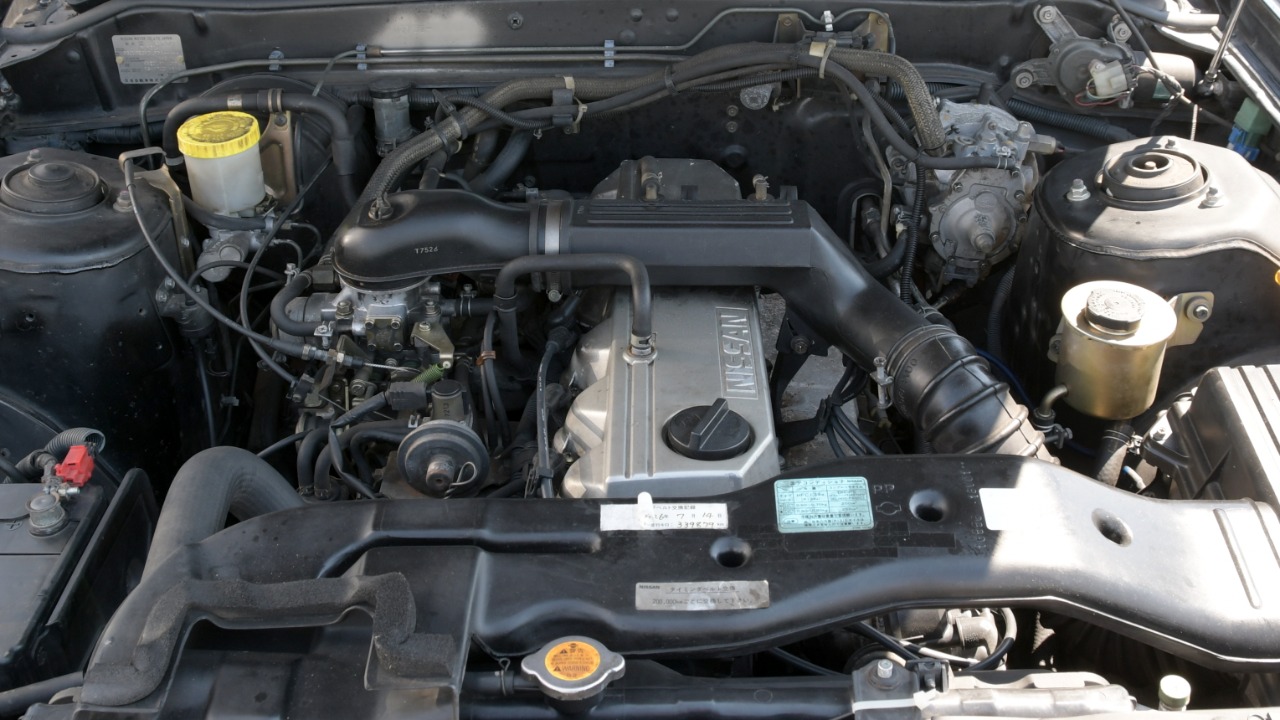
The MID4 II was powered by a 3.0-liter twin-turbocharged V6 engine, capable of producing 325 horsepower. This engine was paired with a five-speed manual transmission and Nissan’s ATTESA all-wheel-drive system, which provided superior traction and handling. The technical specifications of the MID4 II were designed to rival those of established European supercars [source].
In terms of construction, the MID4 II featured a lightweight aluminum body complemented by carbon-fiber elements, achieving a curb weight under 3,000 pounds. This lightweight design contributed to its impressive performance, with a 0-60 mph time of around 5 seconds. The vehicle’s aerodynamic features, including scissor doors and a low-slung profile, were designed to achieve top speeds exceeding 170 mph during prototype testing [source].
The MID4 II’s design was not only about speed but also about aesthetics and functionality. The scissor doors and sleek profile were not merely stylistic choices; they were integral to the car’s aerodynamic efficiency. These features underscored Nissan’s ambition to create a supercar that was both visually striking and performance-oriented [source].
Challenges and Cancellation
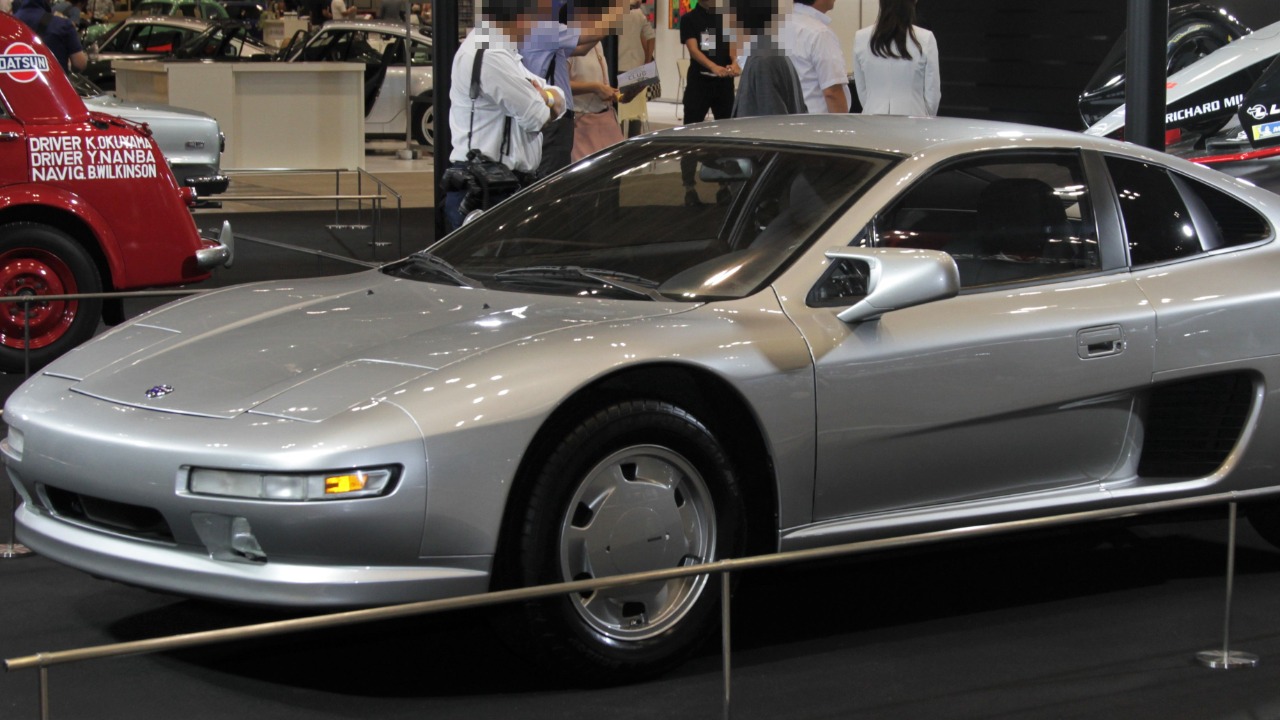
The late 1980s presented significant economic challenges for Japan, including the appreciation of the yen and the collapse of the bubble economy. These factors forced Nissan to prioritize mass-market vehicles over the high-cost MID4 II project. Despite the promising potential of the MID4 II, economic realities dictated a shift in focus [source].
Internally, Nissan executives decided to concentrate on the Skyline GT-R lineage, shelving the mid-engine supercar despite positive feedback from international shows. The decision to pivot away from the MID4 II was influenced by the need to allocate resources to projects with broader market appeal. This strategic shift highlighted the challenges of balancing innovation with financial viability [source].
Although the MID4 II underwent limited testing, including runs on the Nürburgring and public demonstrations, it ultimately remained a prototype. The vehicle was archived rather than produced, a testament to the complex interplay of ambition and economic constraints that defined its journey. The MID4 II’s fate serves as a reminder of the challenges faced by automakers in bringing groundbreaking concepts to market [source].
Influence on the R35 GT-R and Future Prospects
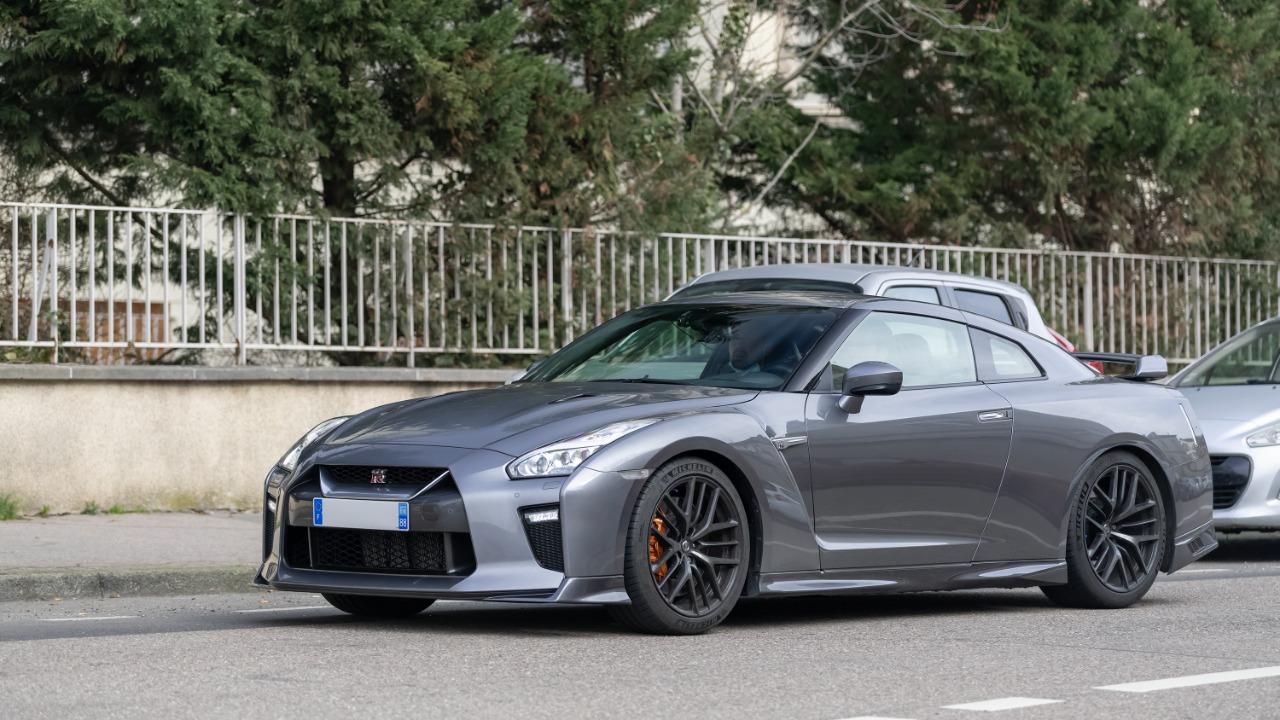
The technological innovations of the MID4 II, particularly its all-wheel-drive and turbocharged systems, had a lasting impact on the development of the R35 GT-R. Starting in the early 2000s, Nissan adapted these innovations to a front-engine layout, creating a vehicle that combined cutting-edge handling with the brand’s signature performance. The R35 GT-R’s success can be traced back to the groundwork laid by the MID4 II [source].
The R35 GT-R enjoyed a production run from 2007 to 2025, with over 25,000 units built. Its retirement marks the end of an era for Nissan’s flagship performance car, affectionately known as Godzilla. This milestone reflects the vehicle’s enduring legacy and the impact it has had on the automotive industry [source].
Looking to the future, recent digital renderings of a next-generation GT-R with mid-engined styling suggest Nissan’s potential revival of the MID4 concept. These renderings hint at the possibility of incorporating electric or hybrid powertrains, aligning with broader industry trends towards sustainability and innovation. The prospect of a mid-engined GT-R represents a continuation of Nissan’s legacy of pushing the boundaries of automotive design [source].